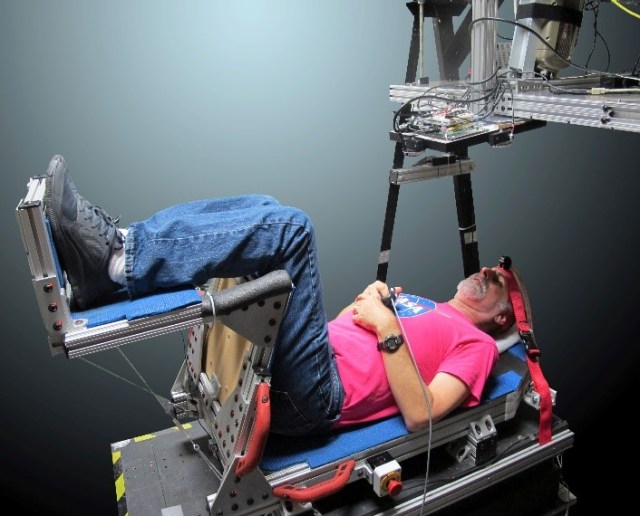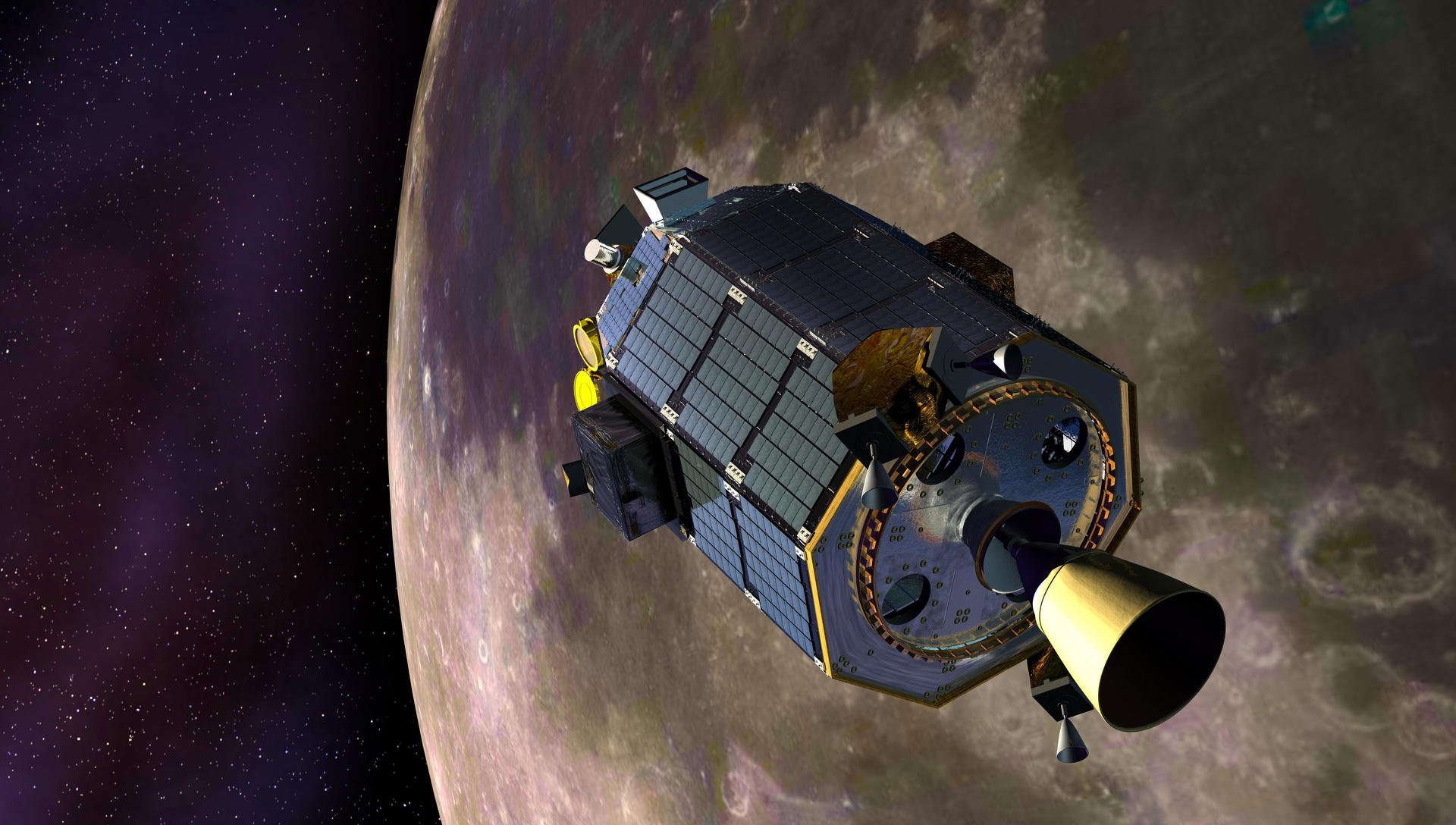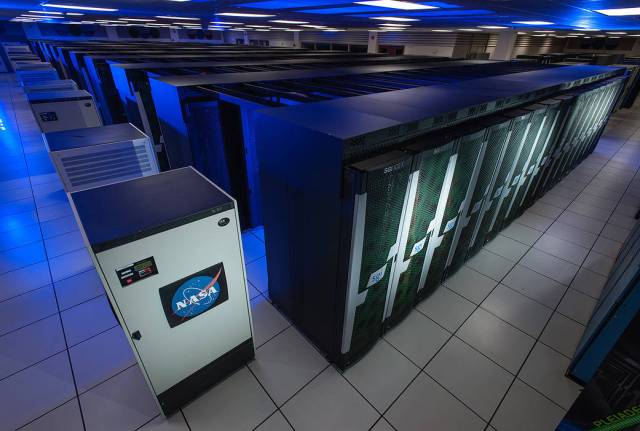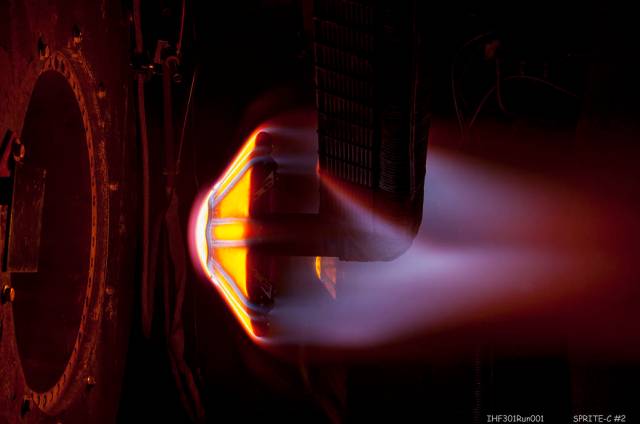2022
Automated Reconfigurable Mission Adaptive Digital Assembly Systems (ARMADAS) Team
An infrastructure that autonomously assembles itself from a set of packed parts. This capability enables building of large-scale solar power, communications, and habitat systems on other planets to support future deep space exploration.
More on ARMADAS about Automated Reconfigurable Mission Adaptive Digital Assembly Systems (ARMADAS) Team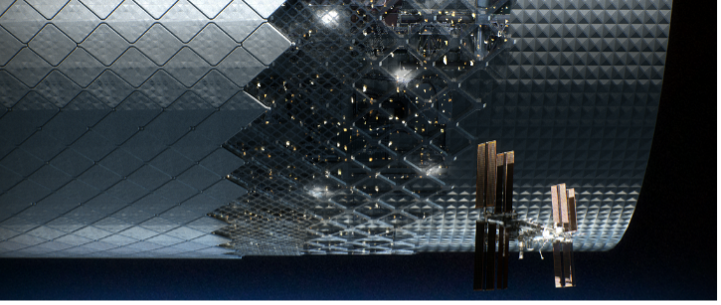
2022
Computational Materials Group
Provides expertise in multiscale modeling, theory and simulation of materials, devices, and biosystems in order to develop new materials and biosystems for NASA’s high-performance applications.
More on Computational Materials about Computational Materials Group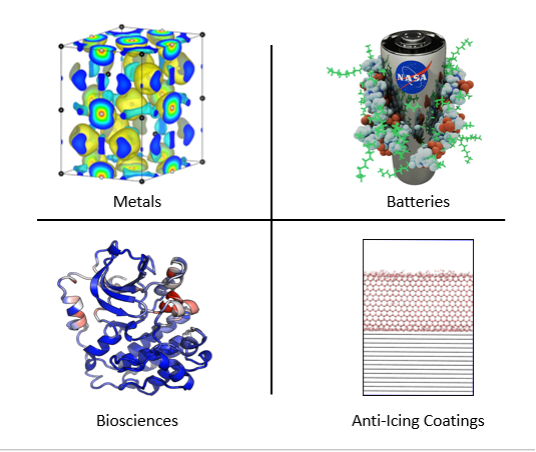
2022
Ziggy Software Development Team
For exceptional achievement developing Ziggy, a flexible, highly scalable science pipeline control infrastructure package to support data-intensive NASA missions.
More on Ziggy Software about Ziggy Software Development Team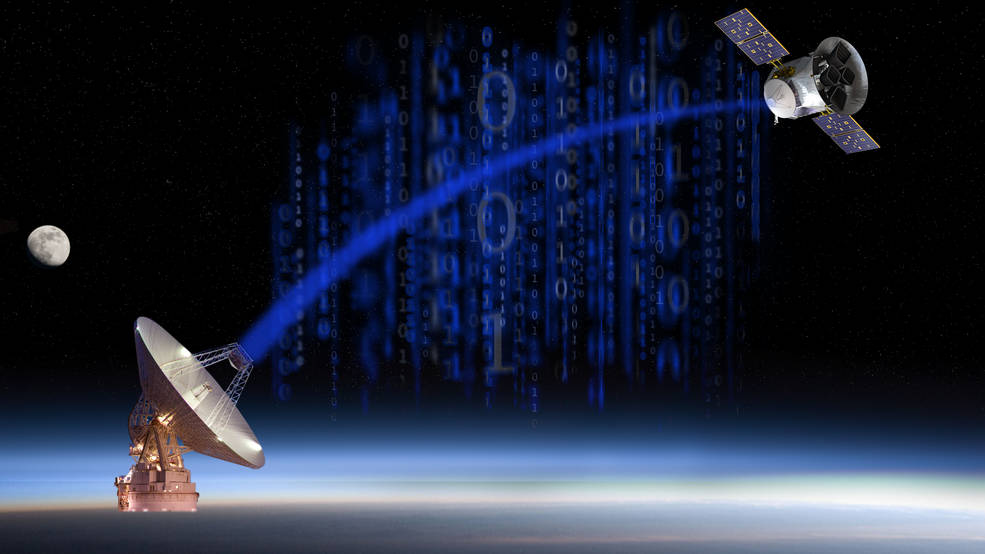
2022
Winter Classic Student Cluster Competition Team
For outstanding accomplishments hosting the NASA Student Cluster Competition and mentoring students from underrepresented communities to provide valuable HPC experience.
More on Student Cluster Competition about Winter Classic Student Cluster Competition Team
2022
Automation Enabled Pilot Team
For outstanding development and testing of both control architectures and a mission-based approach for evaluating increasingly automated aircraft.
More on Automated Systems about Automation Enabled Pilot Team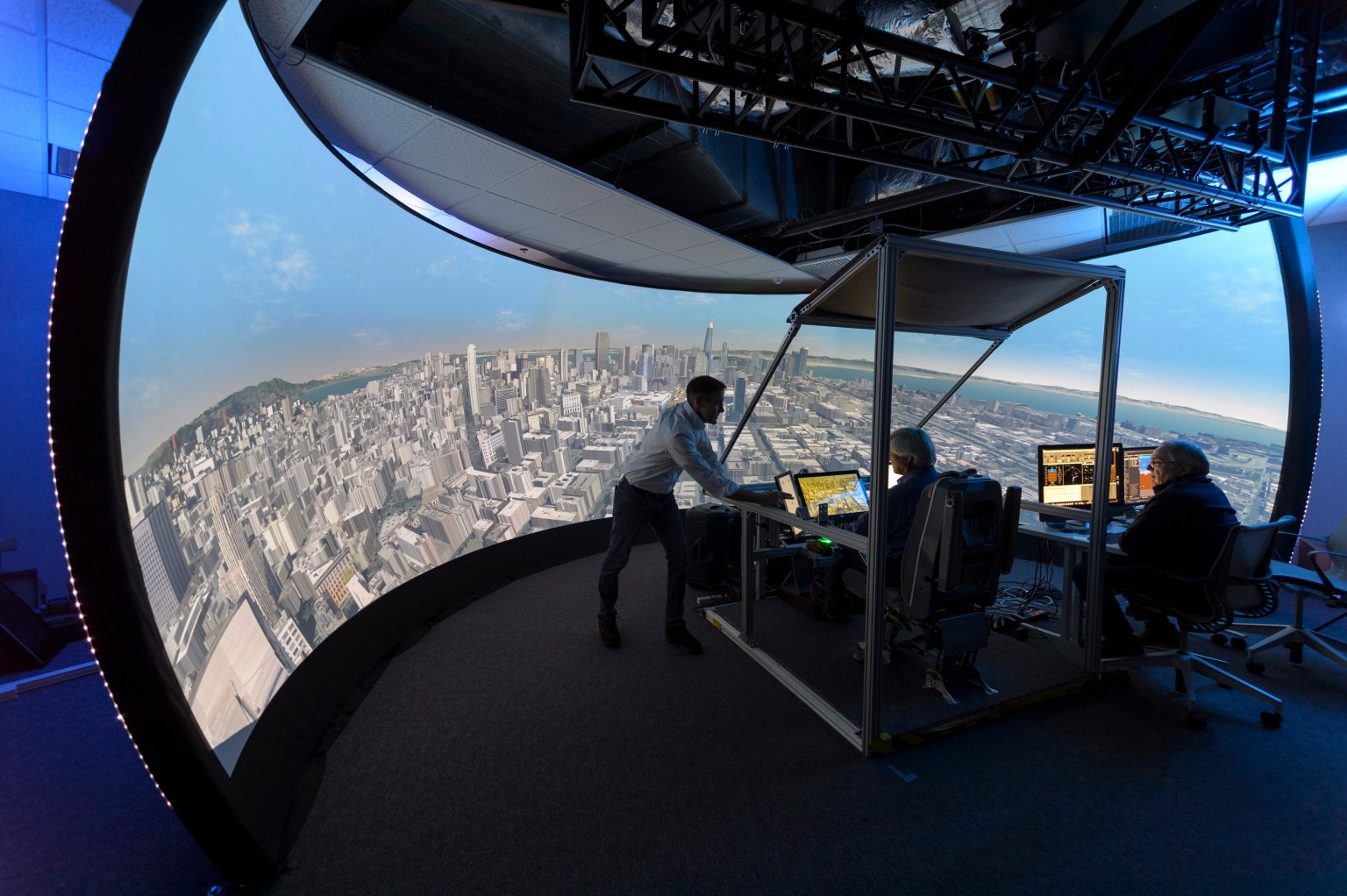
2022
Urban Air Mobility (UAM) Strategic Conflict Management Simulation Team
For evolving the Provider of Services for UAM (PSU) technology that will be needed to scale UAM operations in the National Airspace (NAS).
More on UAM Strategic Conflict Management about Urban Air Mobility (UAM) Strategic Conflict Management Simulation Team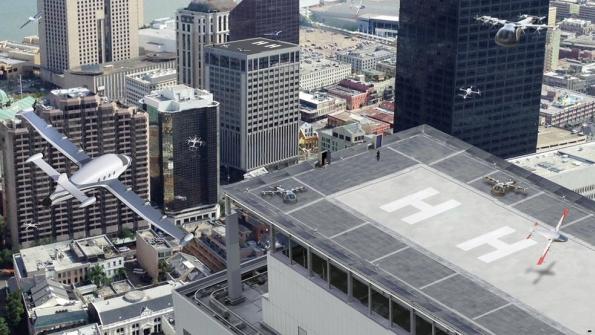
2022
Urban Air Mobility (UAM) Ride Quality Study
For collaborating across directorates to safely complete a high-fidelity study of Electric Vertical Take-Off and Landing vehicle (eVTOL) ride quality.
More on UAM about Urban Air Mobility (UAM) Ride Quality Study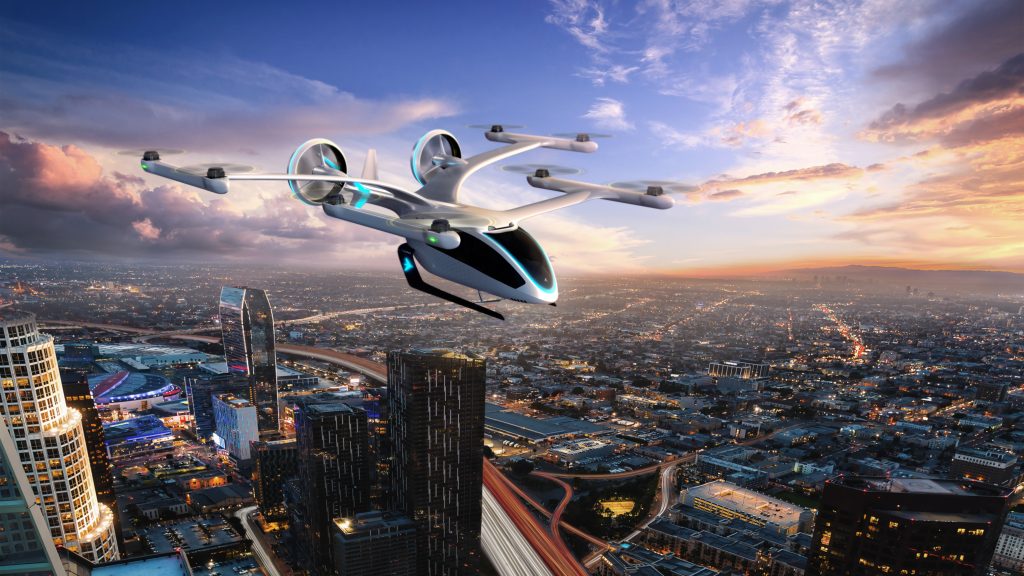
2021
Rodent Research Team
Develops and maintains software to support flight of rodents for scientific research on the International Space Station.
More on Rodent Research about Rodent Research Team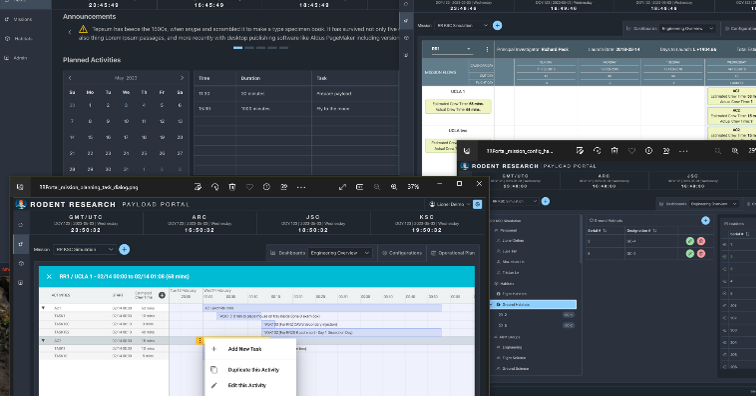
2021
NASA Advanced Supercomputing Division Network Team
For upgrading NAS networking infrastructure with increased bandwidth and resiliency, ensuring high-speed, uninterrupted access to HPC resources critical to NASA missions.
More on NAS about NASA Advanced Supercomputing Division Network Team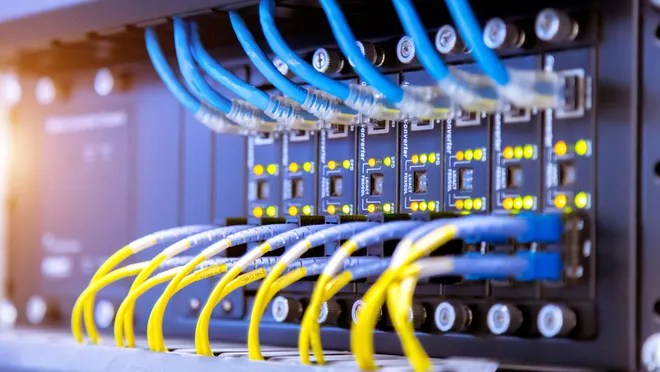
2021
NAS COVID-19 HPC Consortium Support Group
For outstanding support to the White House OSTP-led COVID-19 HPC Consortium projects in utilizing NASA HPC resources to fight the global pandemic.
More on COVID-19 HPC Consortium about NAS COVID-19 HPC Consortium Support Group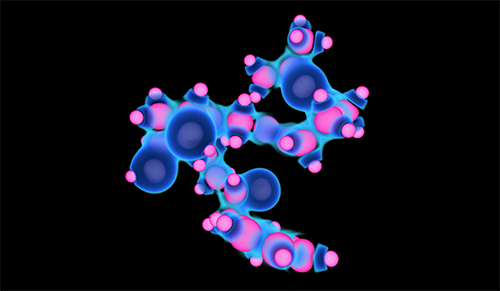
2021
NAS Essential Onsite Response Team
For outstanding performance of essential functions to maintain NASA supercomputing systems and user services for researchers supporting agency missions during the pandemic.
More on NAS about NAS Essential Onsite Response Team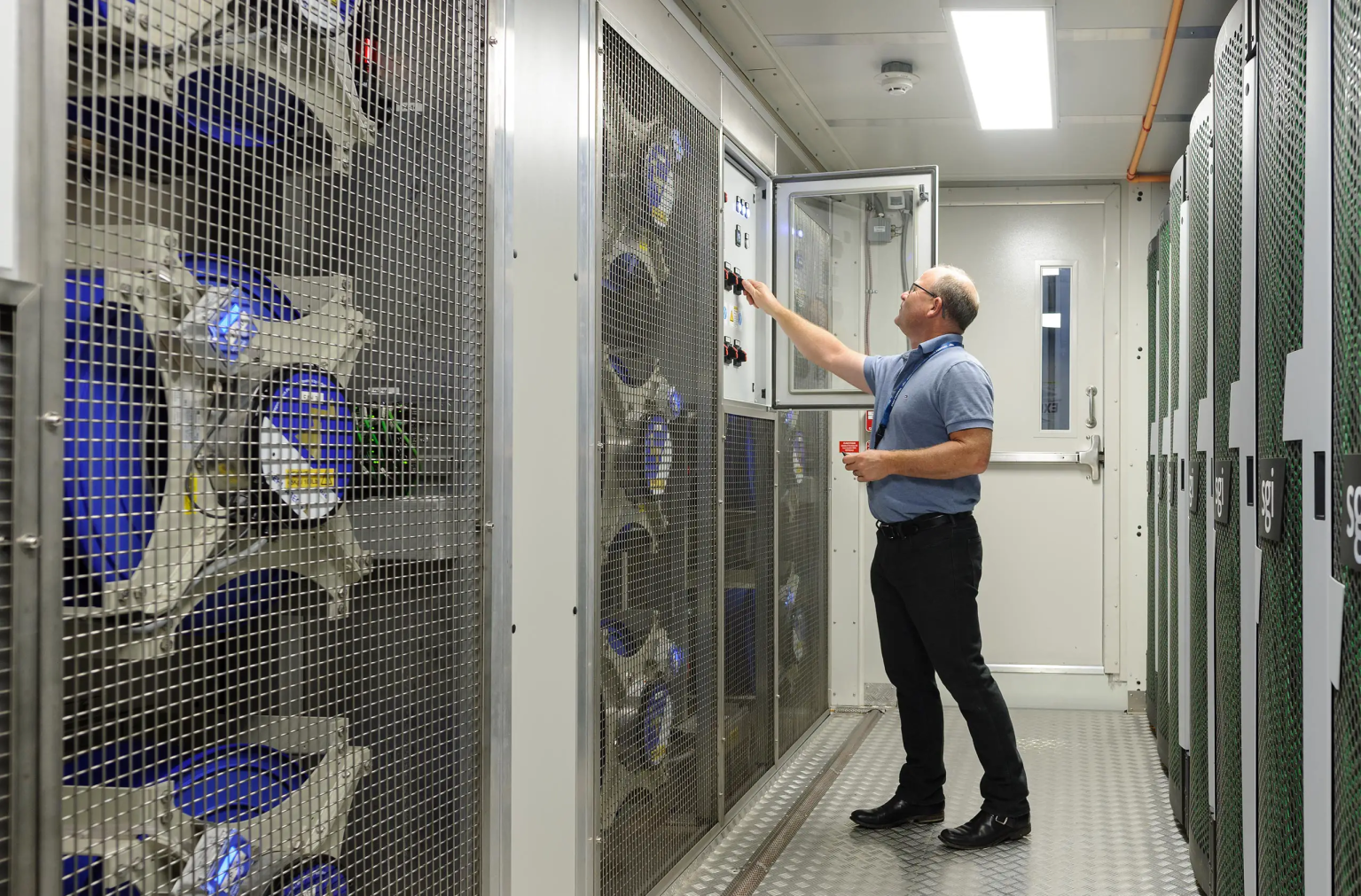
2021
NAS Support Group for Mission Assurance System (MAS)
For providing outstanding and ongoing server support to NASA’s Mission Assurance System (MAS), ensuring uninterrupted problem reporting and services to critical NASA missions.
More on MAS about NAS Support Group for Mission Assurance System (MAS)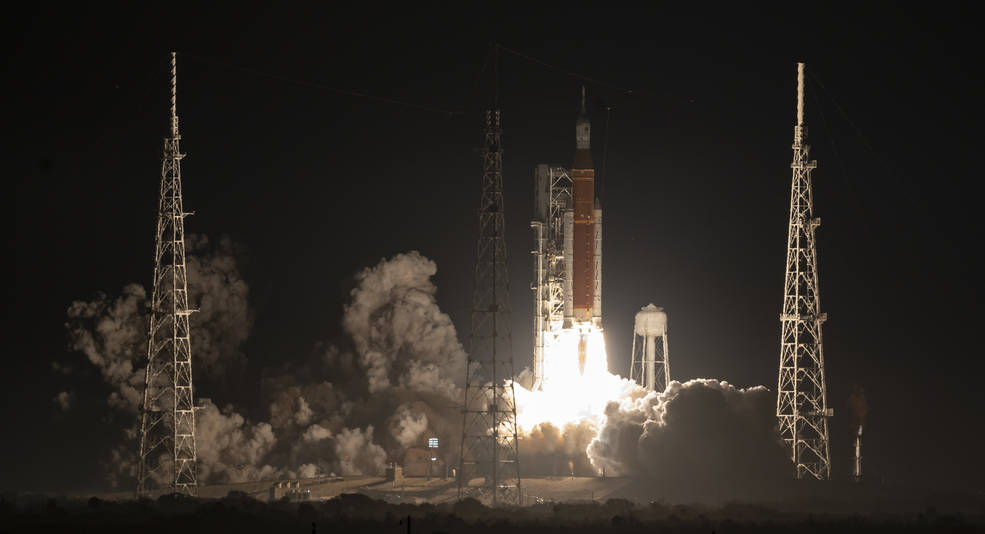
2021
Increasingly Diverse Operations (IDO) Team
For remarkable ingenuity in completing a study demonstrating effective application of a service-oriented system in complex, traditional airspace.
More on IDO about Increasingly Diverse Operations (IDO) Team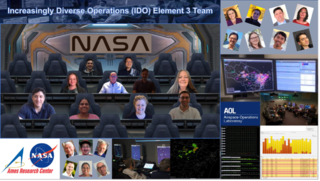
2021
STEReO Field Demonstration Team
For conducting flight tests, field demonstrations and training sessions for wildland firefighting groups, government agencies and industry organizations groups on the use of STEReO technologies and products, such as the Unmanned Aerial Systems Pilot kit (UASP-kit).
More on STEReO about STEReO Field Demonstration Team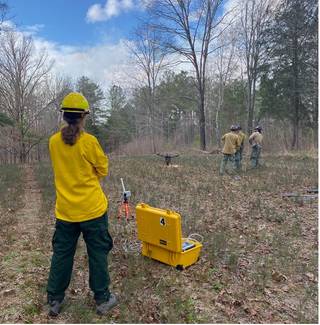
2021
Moon2Mars Development Team
For mission-enabling development of the Moon2Mars platform, a suite of applications and capabilities that provide configuration management, collaboration services, and tracking tools that support the formulation and execution of the Artemis campaign.
More on Moon to Mars about Moon2Mars Development Team
2020
The Cross-System Search Development Team
For developing an application that enables NASA scientists to search across multiple datasets at once, hone results to find the most relevant records and new data linked to those results.
More on Cross-System Search about The Cross-System Search Development Team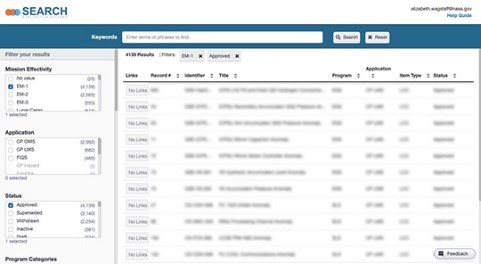
2020
Urban Air Mobility (UAM) Simulation Development Team
For developing a simulation of a safe and efficient air transportation system where everything from small package delivery drones to passenger-carrying air taxis is operating above populated areas.
More on UAM Simulation about Urban Air Mobility (UAM) Simulation Development Team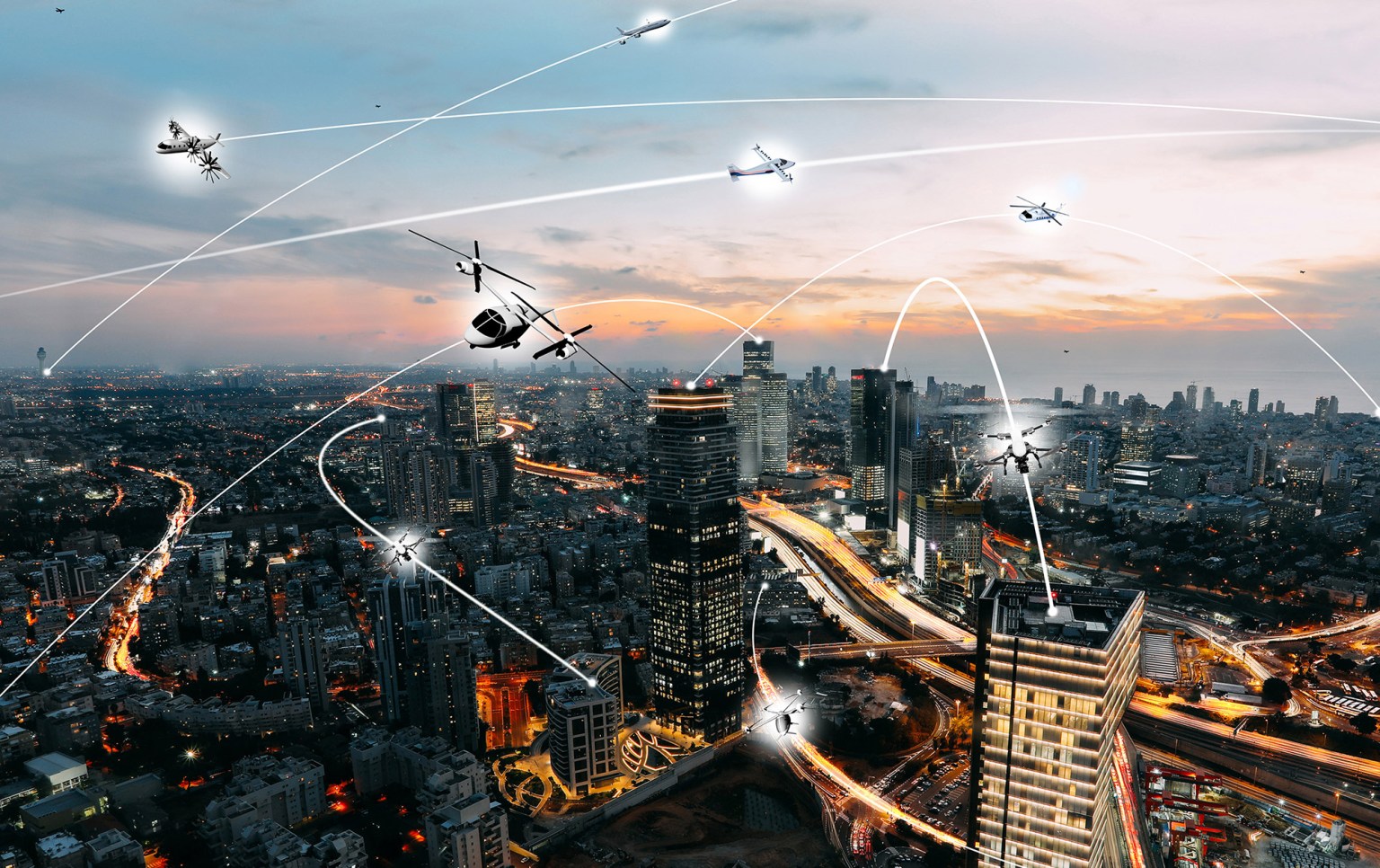
2020
UTM Unmanned Aircraft Systems (UAS) Traffic Management – Technical Level Capability- 4 Demonstration
For exploration of concepts of operation, data exchange requirements, and a supporting framework to enable multiple beyond visual line-of-sight drone operations at low altitudes in airspace where FAA air traffic services are not provided.
More on UTM about UTM Unmanned Aircraft Systems (UAS) Traffic Management – Technical Level Capability- 4 Demonstration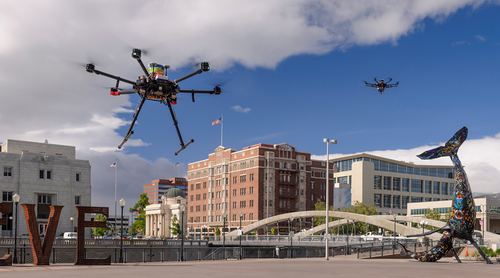
2020
Astrobee Development and Facility Team
For the successful development and delivery of the complex Astrobee free flyer units and dock to the International Space Station.
More on Astrobee about Astrobee Development and Facility Team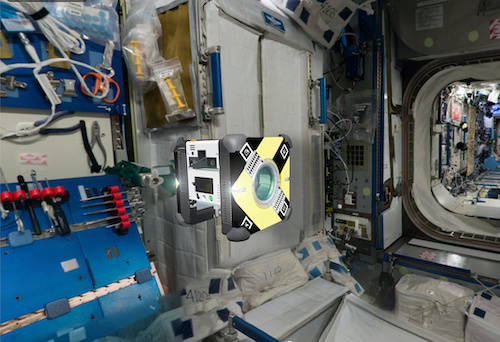
2020
Atacama Rover Astrobiology Drilling Studies (ARADS)Team
For successful development, integration, and field test of the Atacama Rover Astrobiology Drilling Studies, a prototype life-detection rover.
More on ARADS about Atacama Rover Astrobiology Drilling Studies (ARADS)Team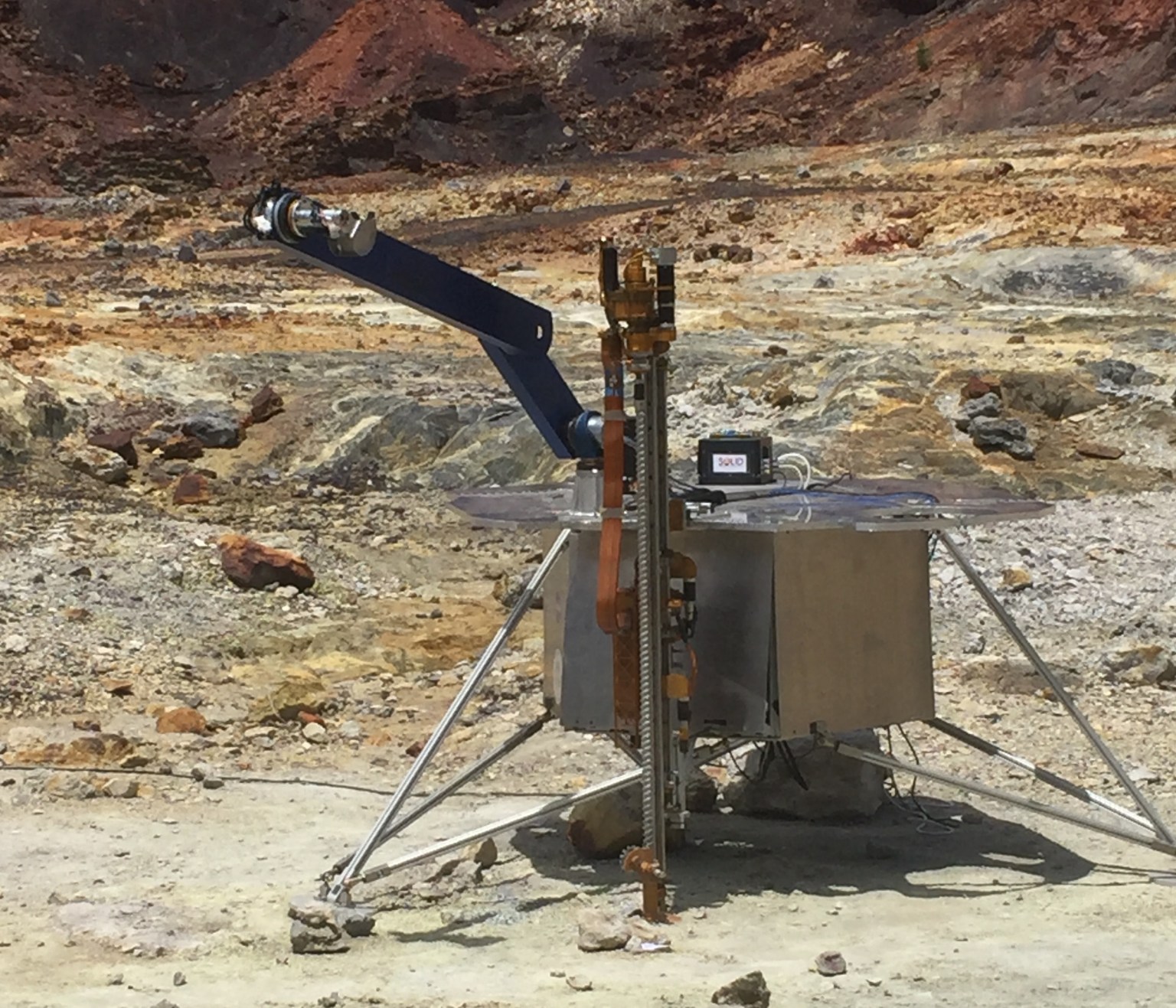
2020
NASA Technology Transfer System (NTTS) Team
For the successful development of the NTTS software platform that has been deployed NASA-wide and by another federal agency.
More on NTTS about NASA Technology Transfer System (NTTS) Team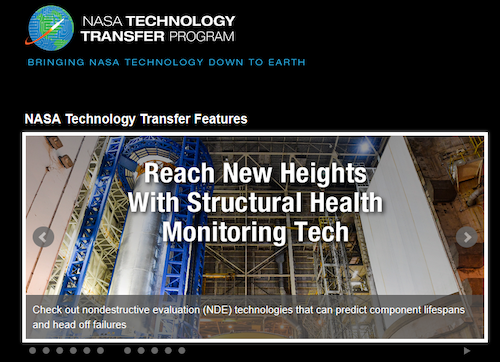
2020
Quantum Artificial Intelligence Lab (QuAIL)
For advancing the frontiers of quantum computing through foundational research in algorithms and software that influences the development of commercial quantum computers.
More on QuAIL about Quantum Artificial Intelligence Lab (QuAIL)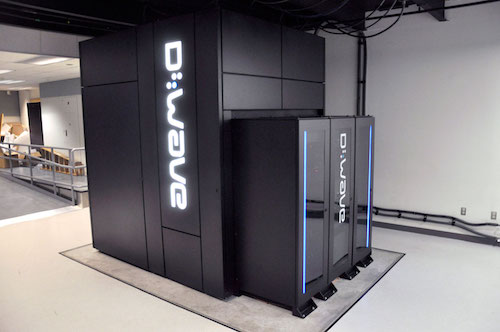
2020
Stratospheric Observatory for Infrared (SOFIA) Platform Information System Software Upgrade Team
For successfully developing an innovative second-generation system to improve pointing efficiency and accuracy of the SOFIA telescope.
More on SOFIA about Stratospheric Observatory for Infrared (SOFIA) Platform Information System Software Upgrade Team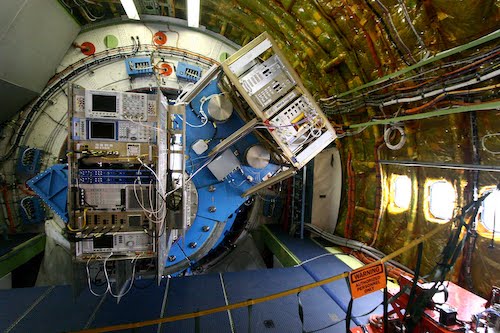
2020
Orion Thermal Protection System (TPS) Test Team
For conducting various trade studies across subsystems to identify potential improvements for Orion’s subsequent missions with TS staff investigated fencing via arc jet tests in the Aerodynamic Heating Facility (AHF) using the 10-MW TP3 arc heater at NASA Ames Research Center.
More on Orion TPS about Orion Thermal Protection System (TPS) Test Team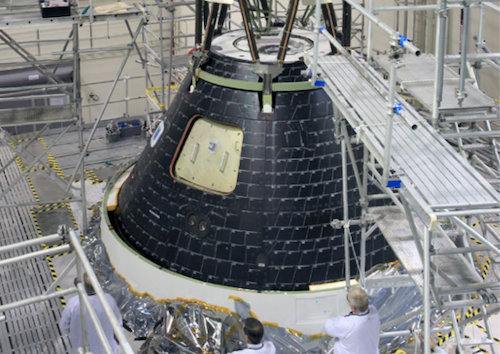
2020
Interactive Heating Facility (IHF) Semi-Elliptic Throat Repair Team
For operating one of the highest-powered arc jets available with continued safe and efficient operation of these systems requiring ongoing development of a wide range of specialized engineering and craft skills.
More on IHF about Interactive Heating Facility (IHF) Semi-Elliptic Throat Repair Team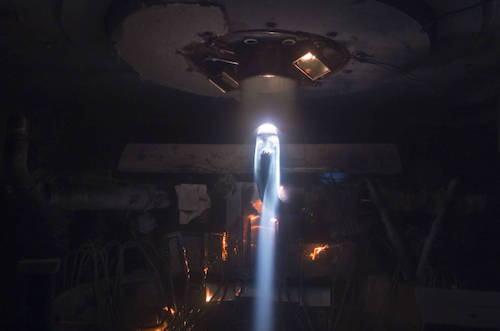
2019
Connected Autonomous Smart Aerospace Systems (CASAS) Team – For integrating and demonstrating the technologies necessary to enable unmanned air systems to collaborate and autonomously conduct diverse missions.
Mission Assurance Systems (MAS) Team – For a geographically distributed system architecture enabling Artemis I mission operators’ reliable access to a vast set of engineering data.
Task Load Index (TLX) Team – For a workload assessment tool that allows researchers to assess subjective workload of operator(s) working with various human-machine interface systems.
Airspace Technology Demonstration 2 (ATD-2) Integrated Arrival, Departure, and Surface (IADS) Field Demonstration Team – For a demonstration of a field evaluation of multiple integrated concepts and technologies that will enable integrated arrival, departures, and surface (IADS) operations to benefit near-term air-transportation systems.
Discovery and Systems Health link (DaSHlink) Team – For outstanding contributions to a web-based collaboration environment for facilitating research in data mining and systems health.
Formal Requirements Elicitation Tool (FRET) Team – For innovative research to automate the formalization of flight software system requirements, leading to cheaper, faster, and safer software.
Lunar Rover Navigation Team – For exceptional innovation in improving the accuracy of rover localization for a prospective rover mission in the Lunar polar regions.
Heatshield for Extreme Entry Environment Technology (HEEET) Development Team – For conducting 3D weaving as well as the resin infusion process and its technology transfer to industry.
Adaptive, Deployable Entry and Placement Technology (ADEPT) SR-1 Team – For entry vehicle design using a high-performance carbon fabric to serve as the primary drag surface of the mechanically deployed decelerator and to protect the payload from hypersonic aerothermal heating during entry.
2018
Exploratory Medical Capabilities (ExMC) Medical Data Architecture Team – For the reduction of the Exploration Medical Capability (ExMC) risk by addressing potential adverse health outcomes and decrements in performance due to in flight medical capabilities on human exploration missions.
Fatigue App Development Team – For developing a portable tool for studying fatigue in operational aviation and spaceflight environments.
Unmanned Aircraft Systems (UAS) Detect and Avoid Team – For their research findings from simulations and flight tests that support the development and validation of Detect and Avoid (DAA) and Command and Control (C2) technologies necessary for integrating UAS into the National Airspace System (NAS).
Autonomous Systems and Operations (ASO) Project Autonomous Habitat Demonstration Team – For technical excellence in developing and testing autonomy technology in preparation for Deep Space Gateway exploration missions in cislunar space.
Autonomy Operating System for Unmanned Aerial Vehicles (UAVs) Team – For developing unprecedented capabilities for autonomous operations that will allow UAVs to fly in the National Airspace System (NAS) without control by a remote ground crew.
Life-detection Mars Analog Project (LMAP) Team – For outstanding technical collaboration creating a fully-automated drilling, sampling, and life-detection lander, field tested successfully at the Rio Tinto Mars-analog site.
Machine-Learning and Data Sciences Team – For groundbreaking machine-learning and data mining work within NASA through development of novel algorithms and new methods.
Mission Adaptive Digital Composite Aerostructure Technologies (MADCAT) Team – For the maturation of a mission-adaptive digital composite aerostructure concept with the potential to revolutionize how future air vehicles are designed, built, and flown.
NASA-Nissan Partnership Team – For successfully developing, testing, and demonstrating the “Seamless Autonomous Mobility” system at the 2017 Consumer Electronics Show.
Rodent Research Team – For successfully accomplishing four Rodent Research missions in 12 months, all with new firsts and challenges for each mission.
Stall Recovery Guidance Team – For significant impact in advancing the state-of-the-art in aircraft safety by developing safety enhancements in the critical areas of stall, approach to stall, and recovery.
Systems-Health and Operations Open-Data Team – For outstanding contributions to the open data initiative by conducting and posting experimental system fault and run-to-failure data sets with exceptional scientific value.
Terrestrial Exoplanet Survery Satellite (TESS) Science Processing Operations Center (SPOC) Commissioning Team – For outstanding technical achievement and professionalism in implementing and integrating the Focal Plane Geometry and Pixel Response Function commissioning tools.
Asteroid Threat Assessment Project (ATAP) Team – For characterizing the risk posed to Earth by Near-Earth Asteroids (NEAs).
Orion Laser Enhanced Arc Jet Facility (LEAF) Lite Project Team – For conducting various trade studies across subsystems to identify potential improvements for Orion’s subsequent mission, Exploration Mission 1 (EM-1).





























